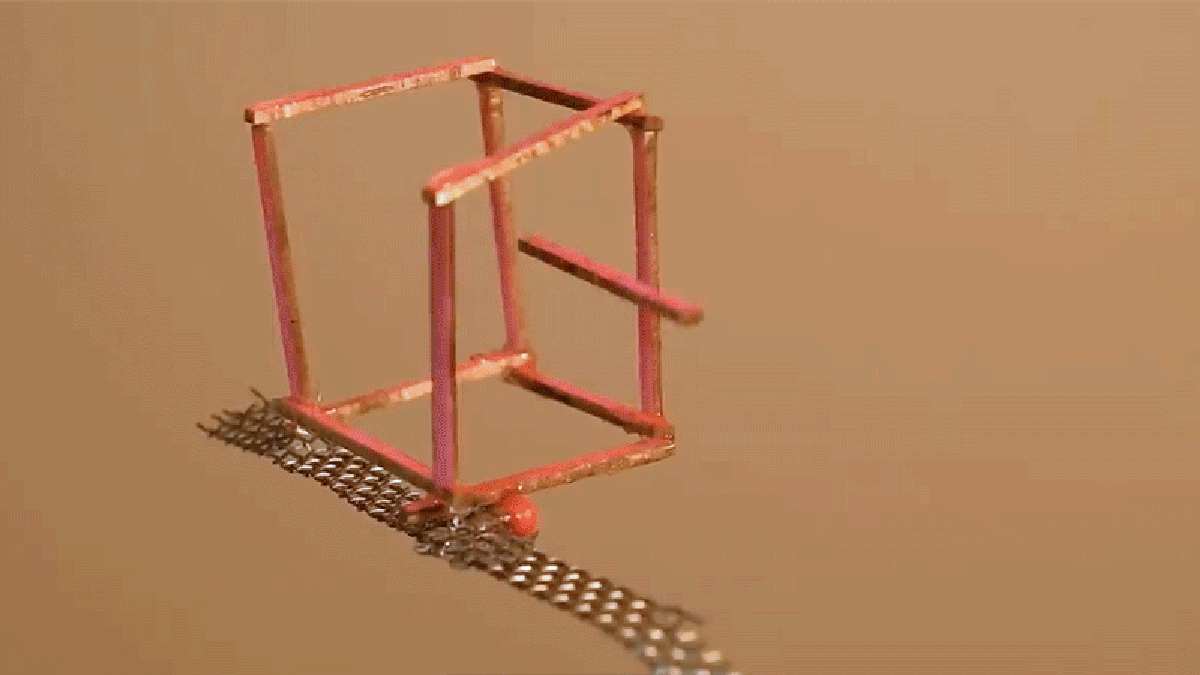
Even more impressive is that the levitator isn’t limited to just manipulating solid objects. It can also pick up liquids and even materials like glues or resins, which are then used to bond components together. In a video demonstrating its capabilities, the levitator applies drops of an adhesive to a simple matchstick structure, which can be instantly hardened with a quick blast of ultraviolet light.
Advertisement
In its current form, the researchers’ machine can’t be used to construct a building. Its lifting capabilities are still limited to small, lightweight objects like wooden matchsticks. But that doesn’t mean it’s useless until it can be scaled up to handle larger projects.
Building the incredibly small or detailed components that go into electronics or other devices often comes with its own challenges, including developing machines that can safely handle small and extremely fragile parts. That’s where this acoustical manipulator could be immediately useful. And because there’s no physical contact made with the material being handled, acoustic levitation could be particularly useful for handling hot materials that pose a risk of damage through physical contact, or even bio-materials, as the sound waves pose no risk of cross-contamination.
Advertisement
The researchers even demonstrated situations where their acoustic levitator can move and reposition parts behind barriers or inside existing structures: something impossible for 3D printers and very tricky for physical manipulators, depending on where a part needs to end up.
You can read more about LeviPrint in the researchers’ recently-published paper, which was presented at the Siggraph 2022 conference which just recently wrapped up in Vancouver, British Columbia.